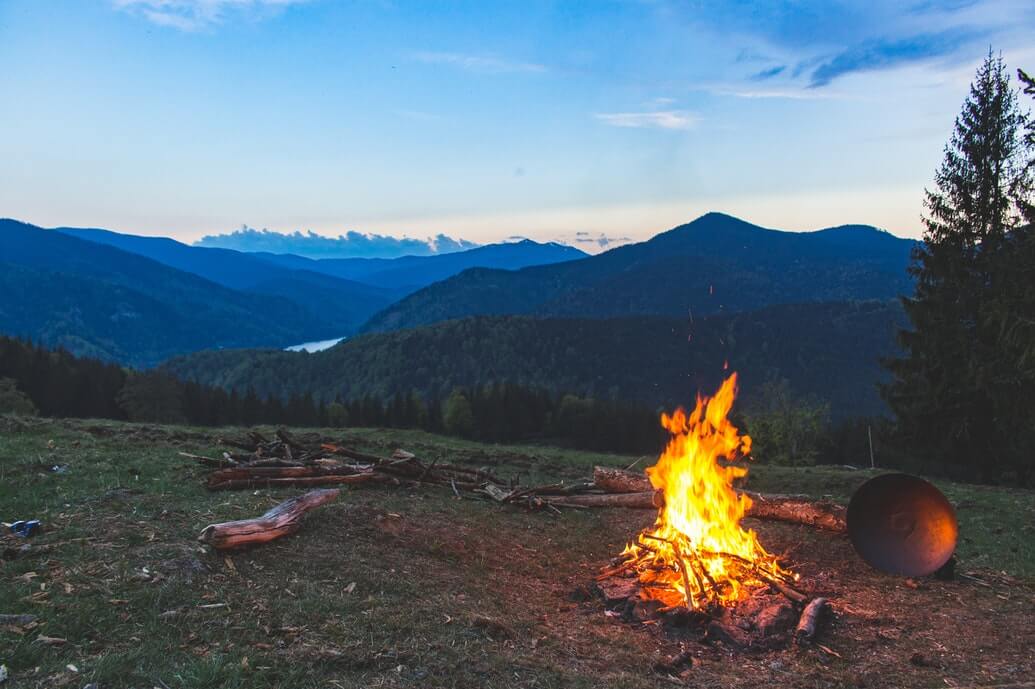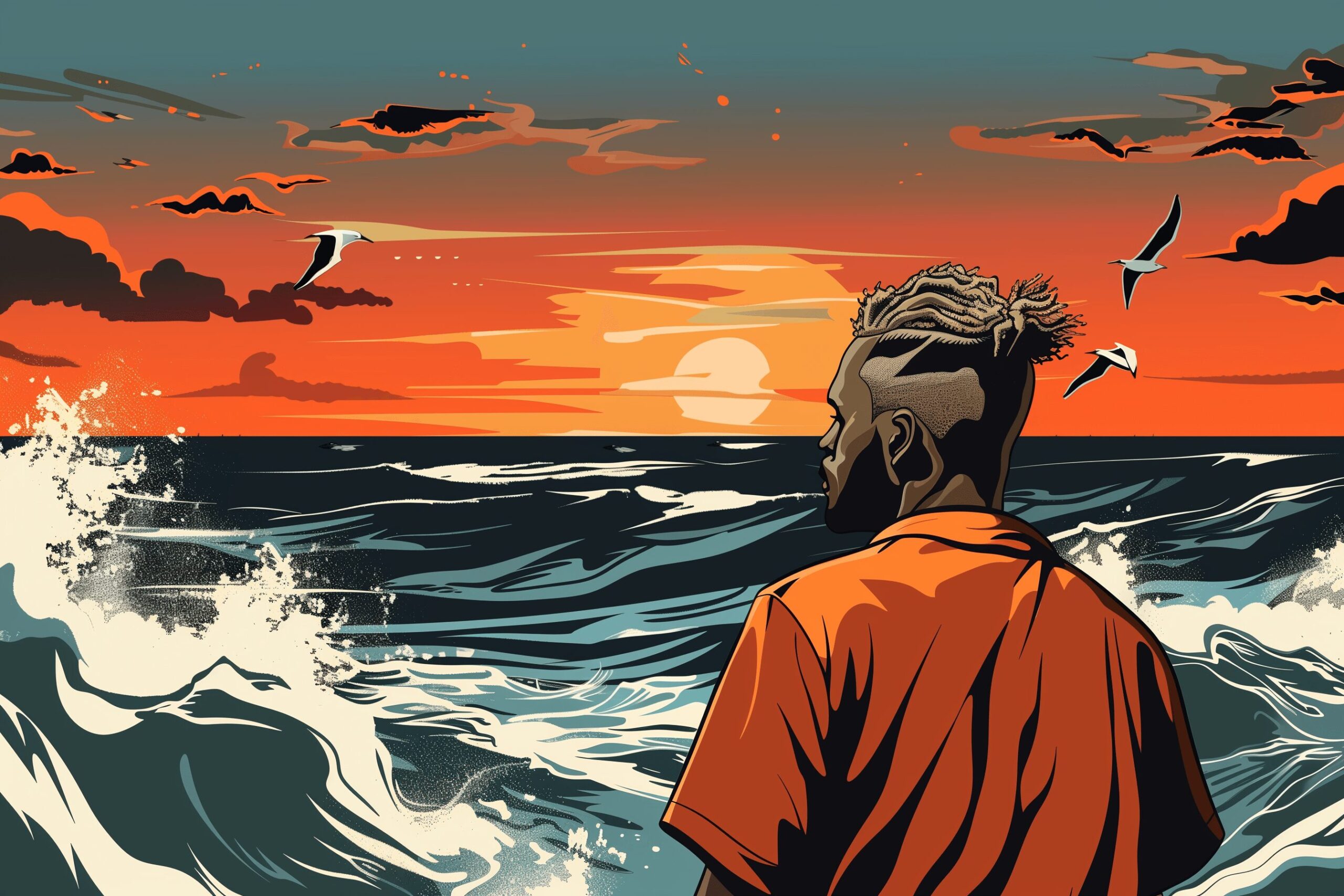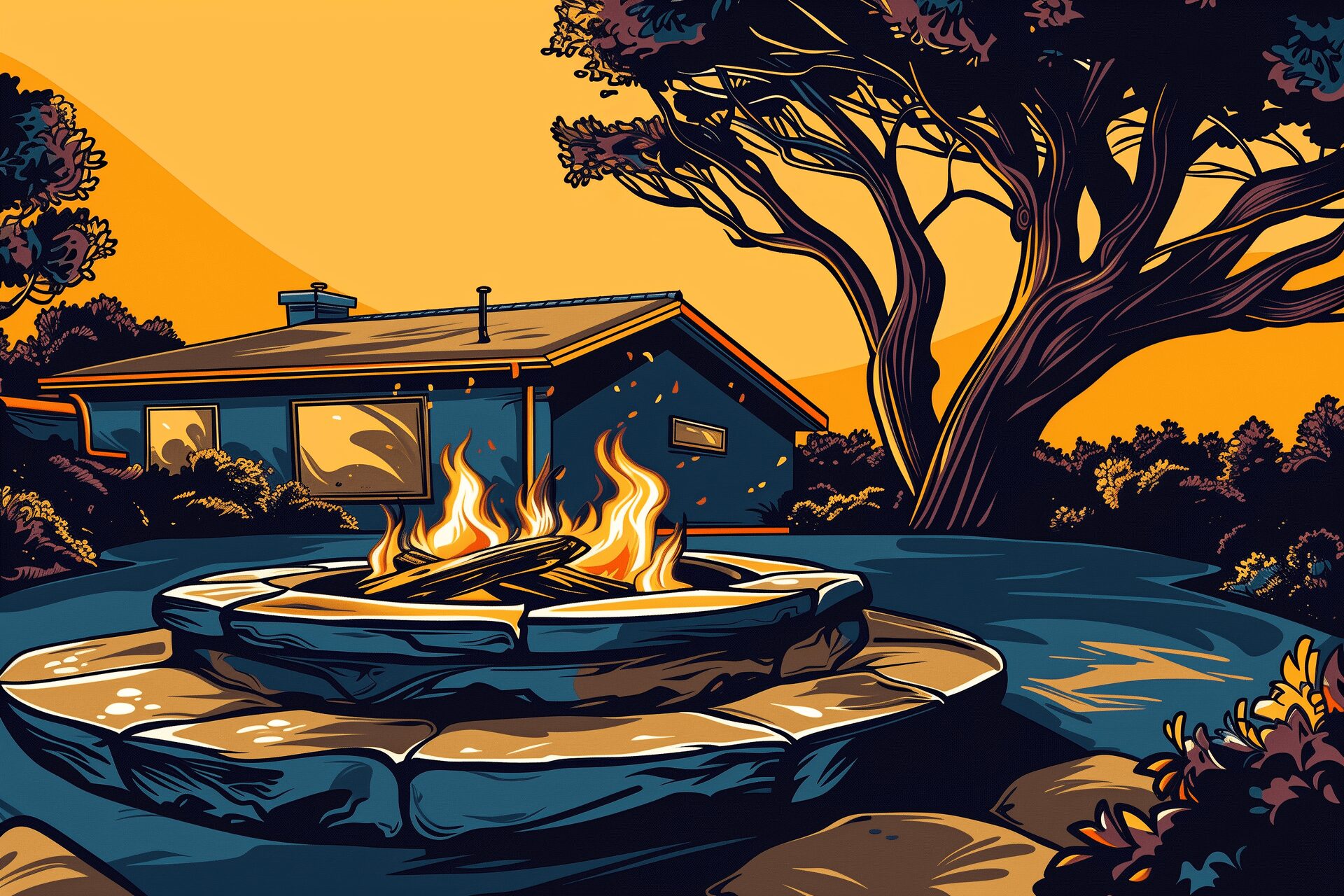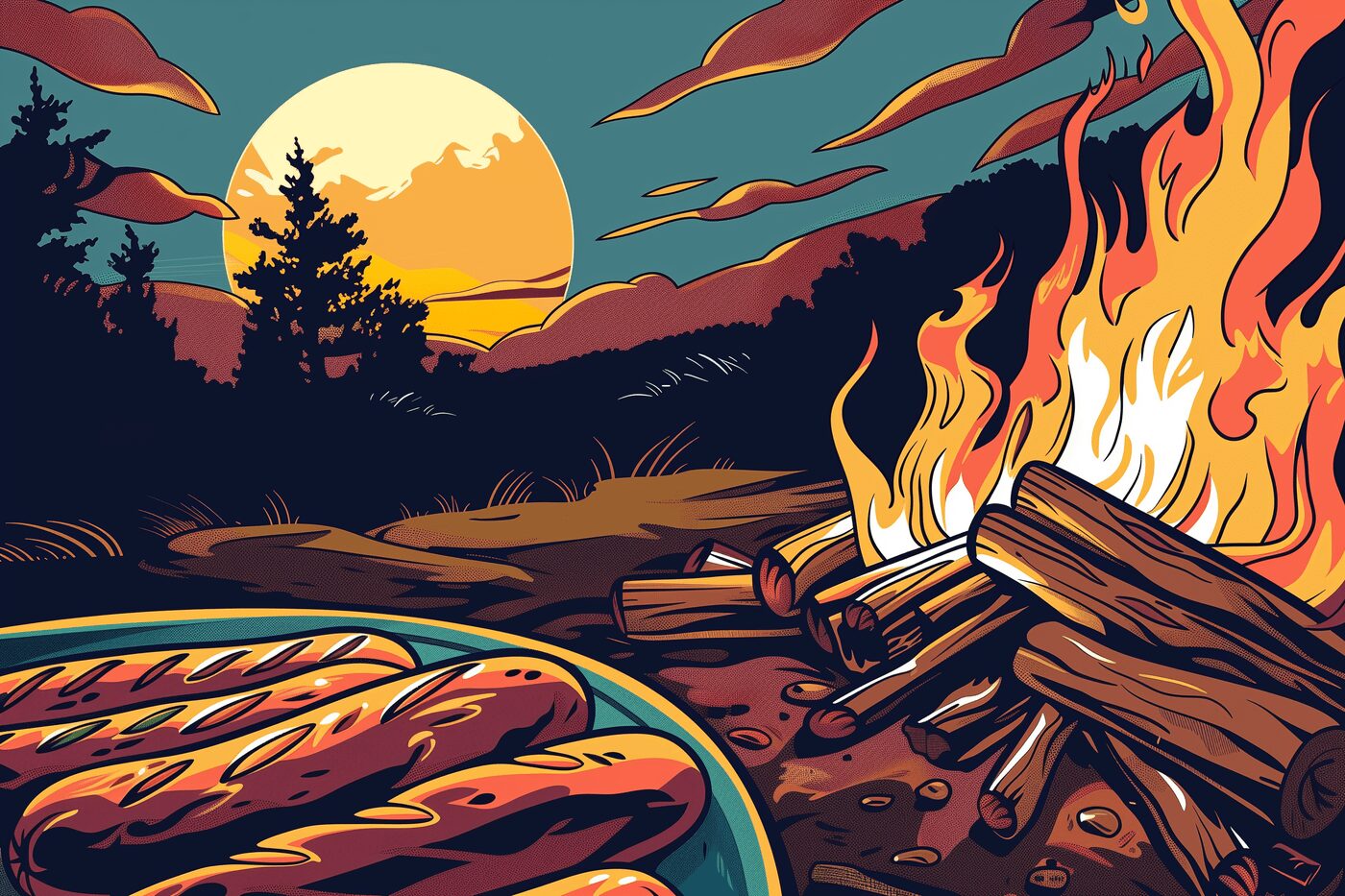How to make it through the 5 most common survival situations
Oct 22, 2018

As an Amazon Associate, Modded gets commissions for purchases made through links in this post.
No one wants to think about being stuck in a survival situation but when it comes down to it, being prepared could mean the difference between life and death — and we mean that literally. Here are some tips and tricks to help you learn how to be prepared in the five most common survival situations.
No Water
During an emergency, it’s entirely possible that the water services to your home will fail. The human body can only function for about three days without water, so it’s important to have backup supplies available. For this, you’ve got two different options:
- Keep Bottled Water in Your Home: Keep in mind that you will need a minimum of one gallon per person per day — half for drinking and half for hygiene needs and washing. Now, this is potable or drinkable water. If you want to use your flushing toilet during this survival situation, you will need a bucket and some water — it doesn’t necessarily need to be clean or drinkable. Use the bucket to fill your toilet tank, and you’ll be able to flush.
- Keep Water Filters or Purifying Materials on Hand: These take up less space but require that you have a nearby source of water to treat. Iodine tablets, bleach or portable filters like the Life Straw can all help remove contaminants like bacteria even from natural water sources, making them safe to drink.
Ideally, you’ll want to have both of these options covered in case of an emergency. Make sure you rotate your bottled water once or twice a year to ensure it’s clean and safe to drink. Individual water bottles might be more convenient, but for long-term storage, you’ll want to store your water in opaque green or blue containers.
Fire
Fires can spring up without warning within your home, or rage throughout your neighborhood, giving you very little time to prepare.
For house fires, you want to get out of the house as quickly and safely as possible. If there are any necessities or valuables within arms reach, grab them before you leave — but don’t put yourself at risk for anything. Think back to your elementary school fire safety classes. Stay low to keep your head out of the smoke and check each door for heat before you open it. House fires can move fast and unpredictably, so the goal should be to get out of the house as quickly as possible.
Wildfires are an external threat, but they can move just as fast and unpredictably as house fires. If you’re told to evacuate, do so. Unlike house fires, you’ll usually have enough time to collect a few important belongings — such as important paperwork like car titles, photos and birth certificates — as well as some supplies. If you live in a fire-prone area, you should have a bug-out bag — prepared emergency supplies you can quickly grab if you need to evacuate.
Winter Storm Power Outage
Most powerful storms cause power outages, whether you’re in the path of a hurricane or a blizzard. Winter storm power outages are more dangerous, though — in addition to the wind and snow, the storm also brings freezing temperatures that can get dangerous or deadly quickly.
If you’re in the path of a winter storm and you’re not evacuating, make sure you’ve got a good emergency supplies kit ready before the storm arrives. This should include a first aid kit, bottled water, nonperishable foods and any prescription medication you might need during the storm. In some states, when the governor declares a State of Emergency, you can get an emergency 30-day supply of your medications, regardless of how recent your last refill was.
You might also want to consider investing in a generator to power things like your home heating and water pump. This could help prevent dangerous low temperatures in your home, as well as prevent your pipes from freezing inside your house.
Stranded
Getting stranded in the middle of nowhere is more than an inconvenience — it can be downright dangerous depending on your location and the weather conditions.
One good rule of thumb is that if you don’t know where you are, stay near your car. It will be easier for tow or rescue crews to find you if you’re near your brightly colored vehicle. Turn on your hazard lights, too.
If it’s cold out, stay in the car as much as possible, but don’t run the engine unless you’re sure the tailpipe isn’t blocked by snow — running the car with a blocked tailpipe will cause dangerous amounts of carbon monoxide to build up inside your vehicle.
Consider keeping a pack of emergency supplies in your car, as well. Include food, water, a first aid kit, a toolbox with some basic tools and some extra clothes or blankets in case you get stranded in cold weather.
Driving into Water
Vehicle submersion accidents aren’t as common as you might think, but if by some twist of fate you end up in the water in your car, knowing what to do could save your life.
As soon as you hit the water, roll down your windows. Yes, it will let more water into your car, but even with the windows closed, your cabin will fill up in about 90 seconds, and having open windows will give you a way to escape the car. Once the windows are down, take off your seat belt and get out of your vehicle.
If you can’t get the windows down, try to kick them out. You probably won’t be able to open the doors until the water pressure equalizes, but that means the car is full of water. If you can’t break a window, this can save your life, but you’ll have to hold your breath.
Keeping a seat belt cutter and window breaker in the car where you can easily access it from the driver’s seat can be a useful tool, too, if you don’t have enough leg strength — even boosted with adrenaline — to kick out the windows.
Surviving the Most Common Survival Situations
Knowing what to do in these common survival situations can save your life. Always be prepared for everything that life might throw at you, and you’ll never be surprised.





